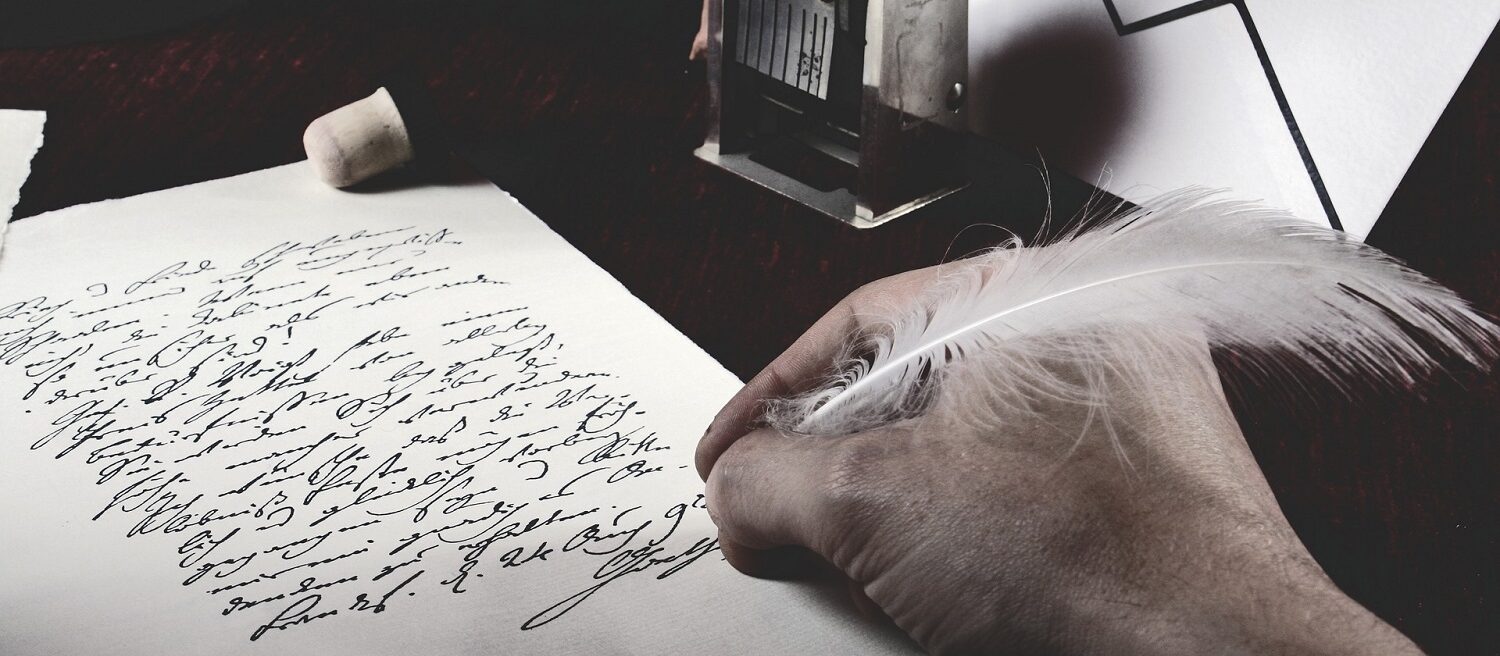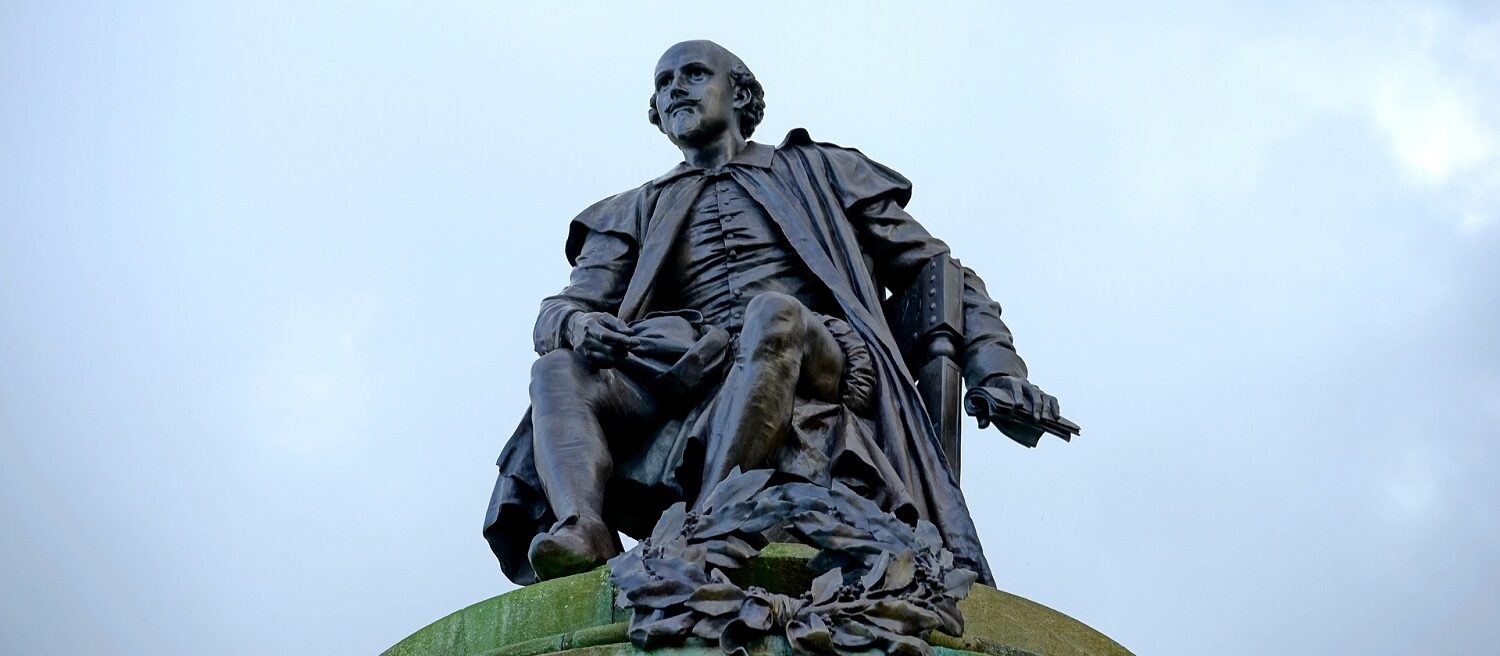It is believed that the oldest poems in the world were written as far back as the 23rd century B.C. Enkheduanna is the name of the first poetess whose works have survived to the present day. It is assumed that at that time she was a priestess and an Akkadian princess.
The work of the first poetess was discovered relatively recently, in the 1920s, by an archaeologist from England. His find was a translucent disc made of alabaster. On one side of this disc was preserved the image of a priestess, but on the other side was written in cuneiform.
The earliest works of authorship in written history are the “Hymns to Inanna. These religious poems are dedicated to the main female deity, the goddess Inanna. A third of her works are temple hymns describing sanctuaries and the gods who dwell in them. All her works are remarkable in that they are narrated in the person of the author, that is, in the first person.
Surprisingly, many facts about Enkheduanna have been preserved. For example, it is known that she was a daughter of Sargon, the first ruler of united northern and southern Mesopotamia.
The Akkadian ruler himself wrote that his mother was a priestess. She concealed the birth of her son and decided to hide the newborn son in a reed basket. The priestess dipped this basket into the river, which brought the child to Akki. She was discovered by a farmer who raised the baby as his son. Sargon wrote that he toiled in the garden, and the goddess Ishtar rewarded him by giving him a royal rank.
All this came to light during the archaeological excavations at Ur. It was in 1927 that people were able to see not only the cuneiform, but also what the poet herself looked like. Thanks to her, in addition to the names of the rulers, the names of the priestesses have been mentioned in the cuneiform inscriptions ever since.
It took many years to translate Enkheduanna’s most famous work, in which Inanna is praised. This work was not fully translated until 1968.
The beginning of the hymn is 65 lines of descriptions. All the epithets were carefully chosen by the poetess and served to characterize the goddess. The hymn is followed by a description of the goddess of battles, in which she compares the goddess herself to a storm bird and the lesser gods to bats.
Later Encheduanna was exiled from the greatest temple of antiquity, which was destroyed by a rebel. It is also known that this same rebel even molested the priestess.


